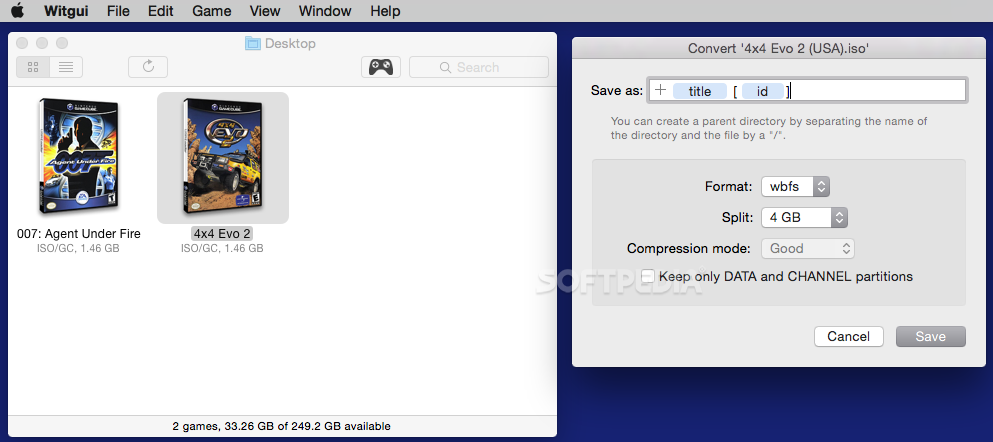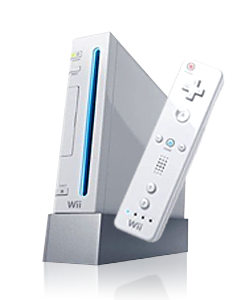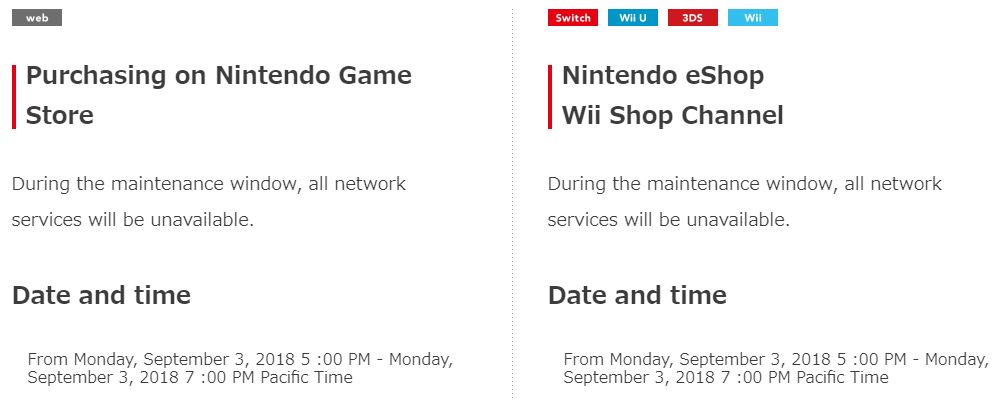

WinUI 3 supports the Chromium-based WebView2 control WinUI controls and styles can then be referenced directly in new apps, or by updating "Windows.UI." namespace references to "Microsoft.UI." in existing apps.

WinUI 2 can be incorporated into production UWP apps by installing a NuGet package into a new or existing UWP project.
WITGUI WINDOWS HOW TO
To use WinUI 3, UWP projects can migrate their project type to desktop (see how to migrate your UWP app to the Windows App SDK). WinUI 3 is supported only in desktop-based projects. WinUI 2 supports C# and Visual Basic (.NET Native), and C++ apps. WinUI 3 supports C# (.NET 6 and later) and C++ for desktop apps. However, other significant parts of the UI stack are still built-in to the OS, such as the core XAML framework, input, and composition layers.

With WinUI 2, these features ship in a downloadable NuGet package. Part of WinUI 2 ships within the operating system itself (the Windows.UI.* family of UWP WinRT APIs) and part of it ships as a library (“Windows UI Library 2”) with additional controls, elements and the latest styles on top of what’s already included in the operating system itself. WinUI 3 ships as a component of the Windows App SDK framework package, with Visual Studio project templates in the Windows App SDK Visual Studio Extension (VSIX). WinUI 2 can be used in UWP applications and incorporated into desktop applications using XAML Islands (for installation instructions, see Getting started with the WinUI 2 Library). WinUI 3 can be used to build production-ready desktop/Win32 Windows apps. UX stack and control library tightly coupled to the OS and Windows SDKs. UX stack and control library completely decoupled from the OS and Windows SDKs, including the core framework, composition, and input layers of the UX stack. WinUI 2, the 2nd generation of WinUI, ships as a standalone NuGet package, and is integrated with Windows SDKs. The following table highlights some of most significant differences between WinUI 3 in the Windows App SDK and WinUI 2 for UWP. Website: The WinUI website has product comparisons, explains the various advantages of WinUI, and provides ways to stay engaged with the product and the product team. GitHub: The WinUI libraries are hosted on GitHub (in the WinUI repo) where you can file feature requests or bugs, and interact with the WinUI team. With support for both desktop and UWP apps, you can build with WinUI from the ground up, or gradually migrate your existing MFC, WinForms, or WPF apps using familiar languages such as C++, C#, Visual Basic, and JavaScript (using React Native for Windows). The Windows UI Library (WinUI) is a native user experience (UX) framework for both Windows desktop and UWP applications.īy incorporating the Fluent Design System into all experiences, controls, and styles, WinUI provides consistent, intuitive, and accessible experiences using the latest user interface (UI) patterns.
WITGUI WINDOWS WINDOWS 10
While both can be used in production-ready apps on Windows 10 and later, each have different development targets. At this time, there are two generations of the Windows UI Library (WinUI): WinUI 2 for UWP and WinUI 3 in the Windows App SDK.


 0 kommentar(er)
0 kommentar(er)
